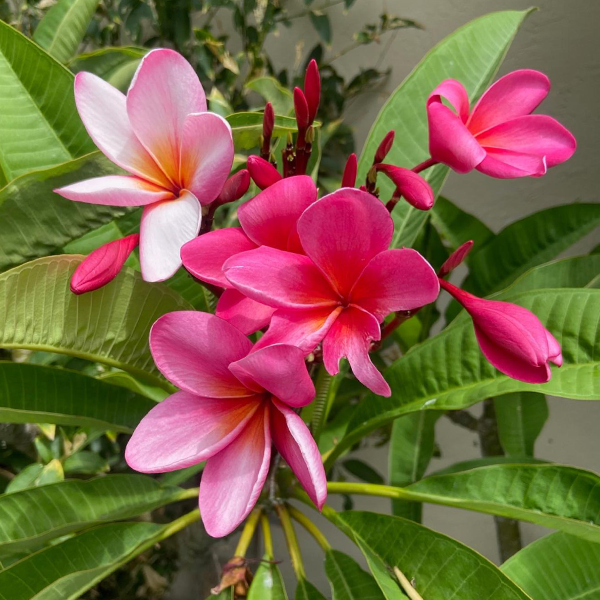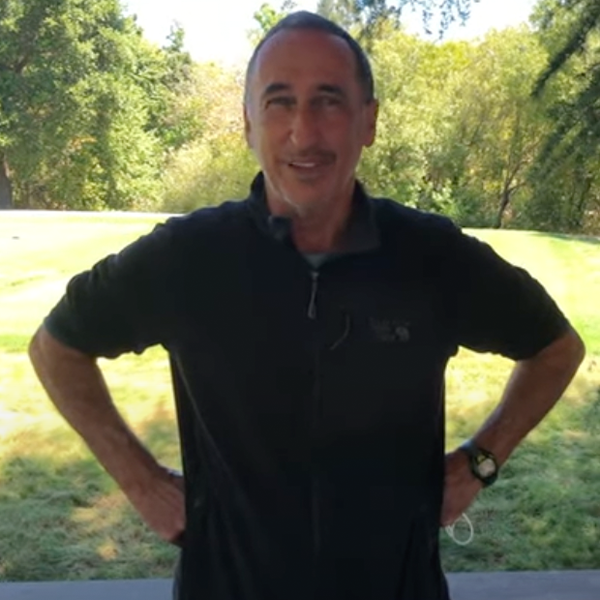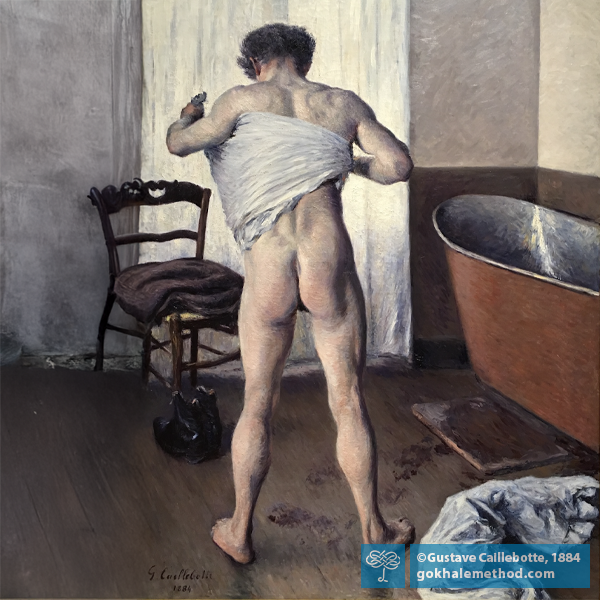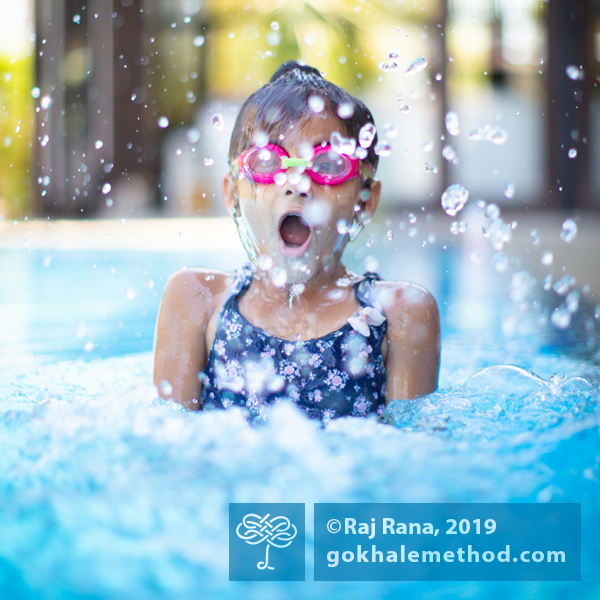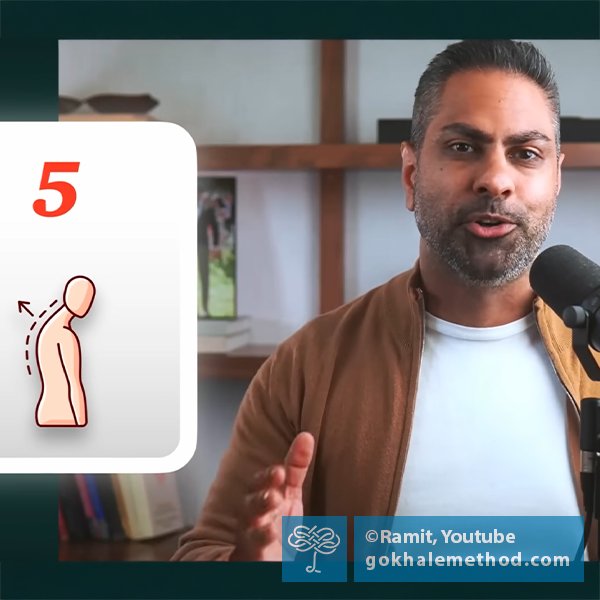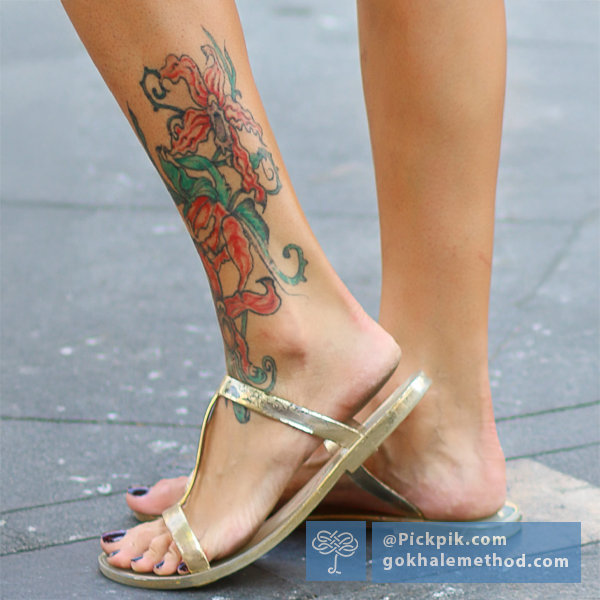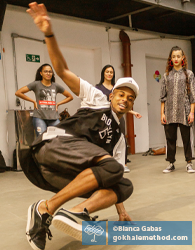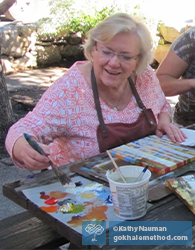In keeping with Claudia’s wishes we are not going to use any photographs of her in this blog post. We are always happy to respect our contributors' wishes for privacy. We are very grateful for Claudia’s generosity in sharing her personal posture journey, and are sure that you, our readers, will appreciate it too.
Get Updates on the Latest Blog Posts
The Gokhale Method® is designed to be, well, methodical. But although the process of learning healthy posture is mostly systematic and progressive, it is also usually punctuated by “aha moments”. These glimpses of intellectual, visual, and kinesthetic understanding of the body can arrive like the warm glow of returning to home ground, or they can be seismic shifts that change your life forever…
In surveys of what people find physically attractive in a partner, a shapely butt is often highly rated. Perhaps it’s no surprise, but if you want, there are even apps to help! So, are good-looking glutes all about sex appeal and filling out our clothing in a flattering fashion? While these concerns may be valid, it is also true that well-toned glutes have many other, profound, but less widely recognized attributes.
This blog post takes a look at the bigger picture of glute function. You may be surprised to find out just how much your glutes can contribute to healthy posture and a pain-free body.
Vacation time is in full swing in the northern hemisphere. For many of us, being beachside or poolside gets us yearning for a dip, a splash, and a swim. And I’m guessing that many of us have been mesmerized and inspired by watching the Olympic pool athletes in action.
Each generation brings fresh perspectives to the way they live their lives.
We have long ago ditched any Victorian shyness around showing our ankles, thank goodness. In fact, they have become a fashionable part of the body to celebrate with short pants and an ornamental tattoo. But unfortunately for our ankles, the picture is often not so rosy as the years go by…
Today, those of us in the U.S. celebrate our nationhood. On July 4, 1776, the Declaration of Independence announced colonial freedom from Great Britain; our history has included the winning of many more freedoms since. In various and sometimes contradictory ways, our society continues to defend much cherished freedoms, and also to aspire to new levels of freedom.
In 2014, at age sixty-four, I began to experience pain in my left hip that eventually became quite debilitating. For the first time in my life, I went to a chiropractor, which resulted in relief that lasted a couple of years. By 2015 I had consulted first one, then a second orthopedic surgeon, who recommended a hip replacement due to osteoarthritis.
If you have had back pain, odds are that you have visited either a physical therapist or a chiropractor. They are the most frequented medical practitioners for all types of structural pain, and our teacher community has been enriched by both these (and many other types of) practitioners. For this post, I have invited Vera Baziuk, a chiropractor and Gokhale Method® teacher based in Edmonton, Canada, to join me for a Q&A. We would like to share with you how she sees the interface between chiropractic and our method.

